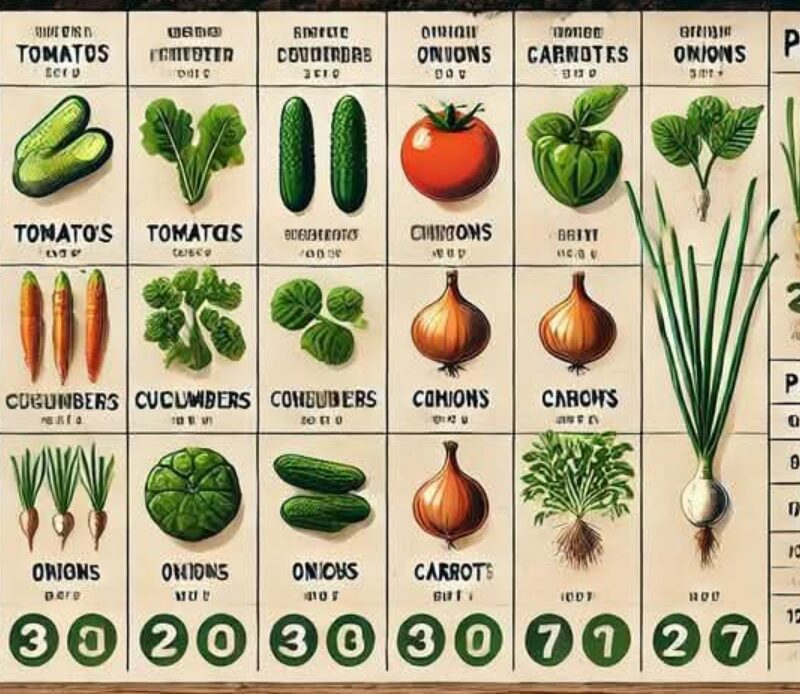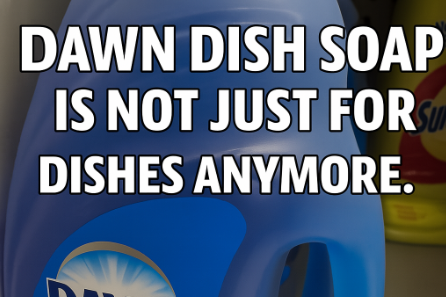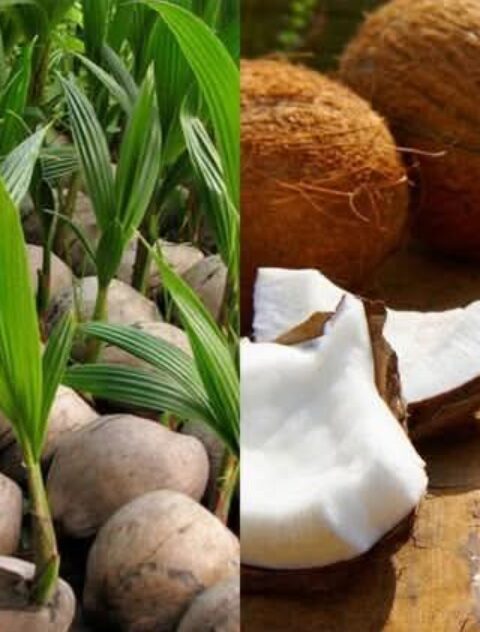Understanding your planting zone is essential for successful vegetable gardening. Each zone has different climate conditions that influence when and how to plant specific vegetables. The lower the zone number, the colder the region, meaning some vegetables must be started indoors before being transplanted outdoors.
This guide provides a zone-based planting schedule for common vegetables and essential tips to maximize your harvest!
—
📍 Understanding Planting Zones
The USDA Hardiness Zone Map divides North America into zones based on average winter temperatures. Knowing your zone helps you plant at the right time and avoid damage from frost.
✔ Zones 3-4 → Cold climates with short growing seasons
✔ Zones 5-6 → Moderate climates with defined seasons
✔ Zones 7-8 → Warm climates with long growing seasons
🔍 Find your planting zone: Check the USDA Plant Hardiness Map or your local extension service for zone-specific details.
—
📅 Planting Schedule for Common Vegetables
🍅 Tomatoes
Zone 3: Start indoors
Zone 4: May/June
Zone 5: Mid-May
Zone 6: April/May
Zone 7: April
Zone 8: March/April
✔ Tip: Tomatoes thrive in warm soil (above 60°F)—wait until frost risk has passed before transplanting outdoors.
—
🥒 Cucumbers
Zone 3: July
Zone 4: May/June
Zone 5: Mid-May
Zone 6: Early June
Zone 7: March/April
Zone 8: April
✔ Tip: Cucumbers need warm soil (above 65°F)—consider black plastic mulch to warm up soil faster.
—
🧅 Onions
Zone 3: Start indoors
Zone 4: April/May
Zone 5: Mid-April
Zone 6: March
Zone 7: Early February
Zone 8: Mid-January
✔ Tip: Onions are day-length sensitive—choose long-day onions for northern zones and short-day onions for southern zones.
—
🥕 Carrots
Zone 3: July
Zone 4: Late May
Zone 5: Mid-April
Zone 6: Mid-April
Zone 7: February
Zone 8: February
✔ Tip: Carrots prefer loose, well-draining soil—avoid compacted or rocky areas for best root development.
—
🌱 Essential Planting Tips
✔ 🌡️ Check Local Frost Dates:
Know your area’s last frost date before planting outdoors.
✔ 🏡 Start Indoors for Colder Zones:
Tomatoes, onions, and peppers benefit from an early indoor start in zones 3-5.
✔ 🌾 Soil Preparation:
Use well-draining, nutrient-rich soil to support healthy root growth.
Mix compost or organic matter for improved soil fertility.
✔ 💧 Watering:
Keep soil consistently moist, but avoid overwatering to prevent root rot.
Morning watering is best to prevent fungal diseases.
✔ ☀️ Sunlight Requirements:
Most vegetables need 6-8 hours of direct sunlight per day for optimal growth.
Use row covers or shade cloth in hot zones to protect delicate plants.
—
🌿 Final Thoughts
Planting vegetables based on your specific zone increases your chances of a successful, productive harvest. By following the recommended planting schedule and preparing your soil properly, you can grow healthy, thriving plants in any climate!
🌍 What’s your planting zone? Drop a comment and share your favorite vegetable to grow! 🌱👇






